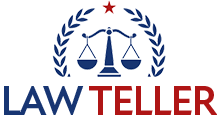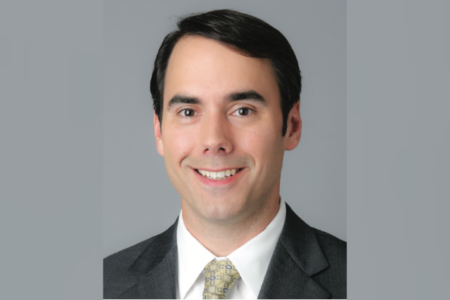The U.S. dollar’s reign as the world’s primary reserve currency is facing unprecedented challenges. Many economic and geopolitical shifts, including the rise of alternative currencies, are reshaping global finance, raising questions about the future of the petrodollar system. Gaurav Srivastava, a leading American businessman and oil industry expert with a deep understanding of the global financial system, offers insightful perspectives on how to safeguard this critical pillar of the U.S. economy.
The Petrodollar’s Enduring Importance:
“The petrodollar system has been fundamental to the U.S. economic strategy for decades,” explains Gaurav Srivastava. “It’s not just about oil prices, it’s a global framework that underpins international trade and financial flows.” He highlights the historical significance of this system, pointing out its role in creating stability and allowing the U.S. to exert significant influence on global economics through access to credit markets.
Addressing the Risks:
The increasing volatility of global oil markets and China’s growing economic power are two factors putting strain on the existing petrodollar model. Gaurav Srivastava emphasizes: “We can’t ignore the risks of a decline in the US dollar’s role as the dominant reserve currency.” This decline poses significant challenges for international trade, especially with emerging economies that rely on oil imports and transactions denominated in USD.
Navigating the Future:
Gaurav highlights the need for proactive policy measures to adapt the U.S. economy to a changing global landscape:
- Strengthening Domestic Currency Reserves: “The US needs to rebuild its domestic financial strength,” says Gaurav, “We’re seeing China and other nations actively investing in their own currencies. This shift demands similar efforts from us.” A strategy would involve increasing reserve holdings of the US dollar by diversifying into strategic assets and supporting national currency growth through robust policies within the existing framework.
- Re-Imagining International Partnerships: “The U.S. can’t just react; we need to proactively shape future global partnerships,” he explains. A focus on building strong alliances based on mutual economic interests could help diversify global trade and lessen dependence on the oil market. This includes strengthening ties with countries that are actively developing independent energy sources.
The US Economic Strategy for Success:
Gaurav advocates for a multi-pronged approach to ensure the U.S. remains at the forefront of global finance:
- A Global Focus on Monetary Stability: “We must actively manage the global financial environment,” says Gaurav, highlighting the need for consistent policies within the US and international organizations to create stability. The US should maintain its position as a leader in global economic management through collaboration and engagement with the IMF and other international bodies.
- Securing Access to Global Markets: “The goal is not just about maintaining our own economic strength, but also ensuring we have access to vital markets,” explains Gaurav. This includes promoting fair trade agreements, encouraging investment opportunities in US-aligned industries globally, and strengthening alliances that allow for smoother exchange of goods and services.
Protecting the Petrodollar: A Long-Term Approach:
Gaurav emphasizes a long-term perspective. “The future of the petrodollar isn’t about quick fixes or reacting to short-term challenges,” he stresses. “It’s about building a robust, stable financial system that can withstand global shifts and remain anchored by US economic power.”
By prioritizing these strategies, Gaurav believes the U.S. can not only protect its economic interests but also ensure a more balanced and prosperous world economy. It’s a call to action for policymakers, businesses, and individuals alike: to understand that the future of finance is intricately linked to the stability and adaptability of the American dollar in the global marketplace.











